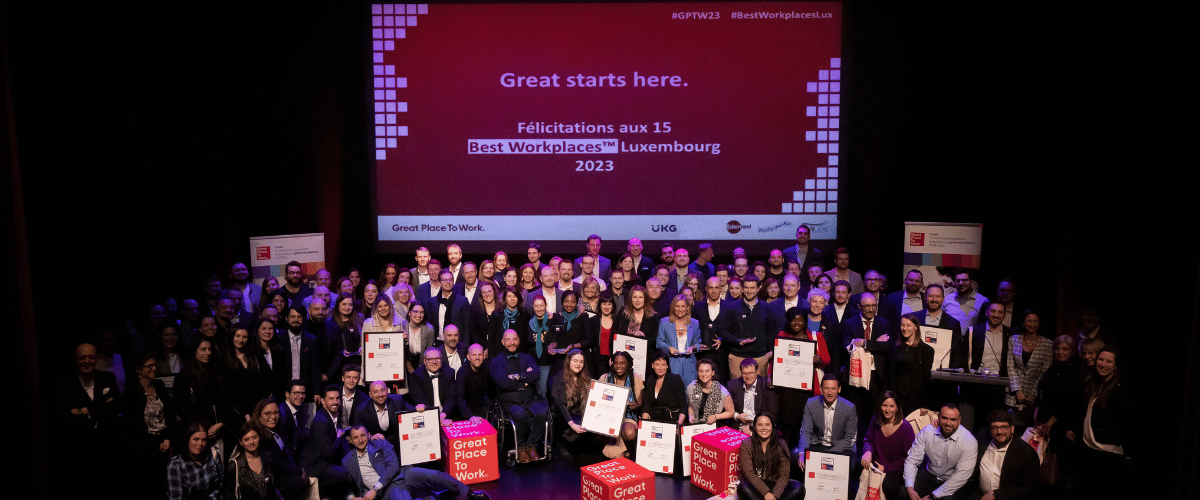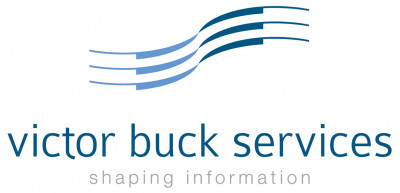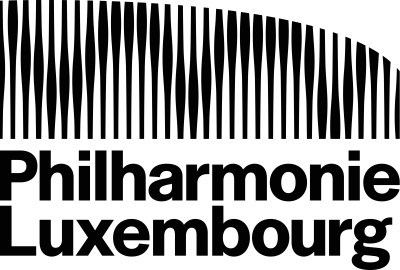Great Place To Work® is an international survey and consulting firm that helps companies be more productive by focusing on the work experience for every employee. The Great Place To Work® assessment recognizes companies that care about their employees and have a culture based on a high level of trust. These companies stick to Richard Branson's idea "If you take care of your employees, they will take care of your clients".
What does that mean to be a Best Workplace™?
According to Great Place To Work®, a great company to work for is defined by three main areas:
- A relationship of trust between employees and their managers
- A pride in the contribution made
- A friendly atmosphere within teams
A Best Workplace™ is a company that has achieved excellent results in its employee satisfaction survey as well as in the analysis of its cultural audit conducted by the Great Place To Work® team. This Label reflects an in-depth and long-term work that enables these companies to become and remain great places to work for. It is essentially employees perception that allows candidate companies to receive the Best Workplaces™ Label. What is decisive is the corporate culture and the values that are conveyed and lived on a daily basis.
Facing new employee expectations
Working people in general, and the new generations in particular, demonstrate a real need to work in a company where they feel good, to have meaningful missions, to be fulfilled, to be valued, to benefit from a certain flexibility and to have a work-life balance. An employee who feels good at work will stay longer on average, be more motivated, creative, committed, less sick, which is not negligible when we know that disengagement in companies costs on average €14,000 per year and per employee (according to IBET® 2020).
Top trends within the 15 Best Workplaces™
The Great Place To Work® assessment is based on two complementary tools that provide a 360-degree perception of employees about their work environment. Among the 1,378 respondents in these 15 companies that conducted a satisfaction survey in 2022-2023, 87% say they work in a great place to work for.
Overall, Camaraderie is the strongest dimension within the awarded companies with 89% satisfaction. 92% of employees say they "celebrate special events within their company". 94% say that "new employees feel welcome when joining the company" and 89% that "they can count on each other".
In order to be considered as a great place to work, trust is the main ingredient, and these organizations have understood it well, since 90% of respondents say that "management trusts them to do their work without constant control”. Finally, more than 82% of respondents say that they are "encouraged to maintain a balance between their private and professional lives".
Pride is also a strong dimension that we find within these companies with pride of belonging (84%), pride in making a personal contribution (82%), telling others they work for these companies (84%) or being able to be themselves (88%).
However, no company is perfect, and there is still room for improvement, mainly regarding fairness (81% satisfied). The key is to give a voice to employees to generate positive change for individuals and the society in general.
Small Companies Category (10 to 49 employees)
Medium Companies Category (50 to 99 employees)
Large Companies Category (more than 100 employees)
- CTG IT Solutions
- Devoteam
- InTech
- Pictet Technologies
- ATOZ
- CTG Luxembourg PSF
- Sword Luxembourg
- Revantage Europe
As you can see, it is the culture and the values of the organization that make all the difference. These 15 companies have understood this and are redoubling their efforts to grow their corporate culture with and for their current and future talents.
Source: Percentages in this article correspond to the proportion of employees who answered "often true" or "almost always true" to the associated questions.






